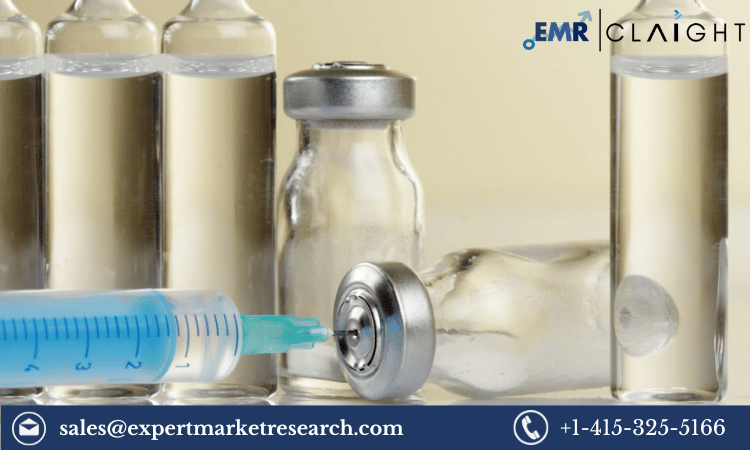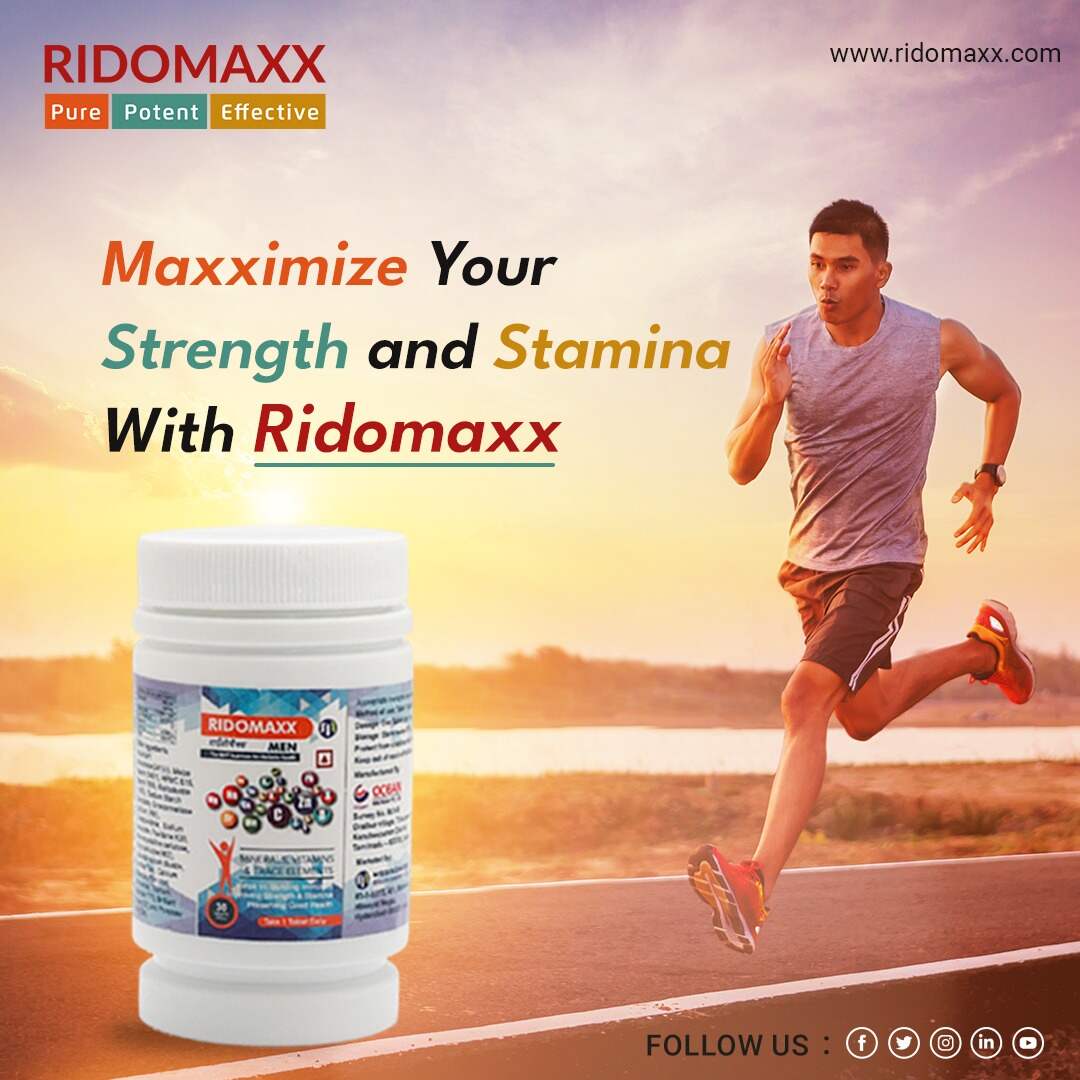The United States generic injectables market has been rapidly expanding in recent years, reaching an estimated value of USD 15.07 billion in 2023. Fueled by increasing demand for affordable alternatives to branded injectable drugs, the market is expected to witness a compound annual growth rate (CAGR) of 7% between 2024 and 2032, with a projected value of USD 27.76 billion by 2032. This growth is driven by factors such as rising healthcare expenditures, a growing number of chronic diseases, and the continuous shift toward cost-effective treatments.
In this article, we explore the factors influencing the growth of the generic injectables market, the challenges it faces, and the potential opportunities that lie ahead.
1. Overview of the Generic Injectables Market
Generic injectables are medications that are equivalent to their branded counterparts but are sold at lower prices. These injectable drugs contain the same active ingredients, are administered similarly, and undergo rigorous regulatory scrutiny to ensure safety and efficacy. Generic injectables play a crucial role in the healthcare system by making life-saving treatments more affordable and accessible to the wider population.
Get a Free Sample Report with Table of Contents
1.1. Market Value and Forecast
As of 2023, the United States generic injectables market is valued at USD 15.07 billion, with significant growth expected over the next decade. By 2032, the market is anticipated to almost double, reaching USD 27.76 billion. This growth can be attributed to several factors, including increasing investments in healthcare, the growing aging population, and efforts to reduce healthcare costs.
The market is expected to grow at a CAGR of 7% between 2024 and 2032, indicating robust demand for generic injectables across various therapeutic areas, including oncology, cardiovascular diseases, and infectious diseases.
2. Key Drivers of Market Growth
2.1. Rising Prevalence of Chronic Diseases
One of the most significant drivers of the generic injectables market is the rising prevalence of chronic diseases such as cancer, diabetes, and cardiovascular disorders. Chronic diseases often require long-term treatments, which can be costly. Generic injectables offer a cost-effective alternative to branded drugs, making them an attractive option for both healthcare providers and patients.
According to the Centers for Disease Control and Prevention (CDC), nearly 60% of adults in the United States live with at least one chronic disease, and 40% live with two or more. The increasing burden of chronic diseases has led to higher demand for affordable and accessible treatment options, further driving the growth of the generic injectables market.
2.2. Cost Savings for Healthcare Systems
Generic injectables provide significant cost savings to healthcare systems by offering lower-priced alternatives to brand-name drugs. The availability of these medications has helped reduce the overall cost of treatment, especially for diseases that require continuous or long-term injectable therapies.
In the United States, where healthcare spending accounts for a significant portion of the GDP, the use of generic drugs has been encouraged by both government policies and healthcare providers. This shift toward generics has created a conducive environment for the growth of the generic injectables market.
2.3. Patent Expirations of Branded Drugs
Another key factor driving the growth of the generic injectables market is the expiration of patents on branded injectable drugs. As patents on these drugs expire, pharmaceutical companies are able to manufacture and sell generic versions, often at significantly lower prices than their branded counterparts.
Several blockbuster injectable drugs have recently lost patent protection, and many more are expected to lose exclusivity in the coming years. This creates opportunities for generic drug manufacturers to enter the market and capture a larger share of the injectables segment.
2.4. Regulatory Support and Streamlined Approval Processes
The United States Food and Drug Administration (FDA) plays a crucial role in regulating and approving generic drugs, including injectables. Over the years, the FDA has implemented several initiatives to streamline the approval process for generic drugs, ensuring that these medications reach the market more quickly.
The FDA’s Generic Drug User Fee Amendments (GDUFA) have been instrumental in expediting the approval process for generic drugs, allowing manufacturers to bring their products to market faster. This has been a key factor in the growth of the generic injectables market, as more products are able to enter the market and meet the increasing demand for affordable medications.
3. Challenges Facing the Generic Injectables Market
While the generic injectables market in the United States is poised for growth, it also faces several challenges that could impact its development. These challenges include pricing pressures, supply chain disruptions, and regulatory hurdles.
3.1. Price Erosion and Competition
The generic drug market is highly competitive, with numerous manufacturers producing similar products. This competition often leads to price erosion, as companies compete to offer the lowest-priced products. While this benefits consumers and healthcare systems by reducing costs, it can also impact the profitability of manufacturers.
Price erosion is particularly pronounced in the generic injectables market, where the cost of manufacturing and distribution can be higher than for oral medications. As a result, generic drug manufacturers may face challenges in maintaining profitability while offering competitively priced products.
3.2. Supply Chain Disruptions
The production of generic injectables involves complex manufacturing processes that require strict adherence to quality standards. Any disruption in the supply chain, whether due to raw material shortages, manufacturing issues, or regulatory delays, can lead to product shortages and impact market growth.
In recent years, the global pharmaceutical supply chain has faced disruptions due to various factors, including the COVID-19 pandemic, which affected the production and distribution of generic injectables. Ensuring a stable and reliable supply chain will be crucial for the sustained growth of the market.
3.3. Regulatory and Compliance Challenges
While the FDA has made efforts to streamline the approval process for generic drugs, manufacturers must still navigate complex regulatory requirements to bring their products to market. Compliance with these regulations is essential to ensure the safety and efficacy of generic injectables.
Any delays in the approval process or issues related to regulatory compliance can impact the timeline for bringing new products to market. Additionally, manufacturers must adhere to stringent quality control standards to avoid recalls or other regulatory actions that could harm their reputation and financial performance.
4. Opportunities for Growth and Innovation
Despite the challenges facing the generic injectables market, there are several opportunities for growth and innovation that could further accelerate the market’s expansion over the next decade.
4.1. Expansion into Biosimilars
One of the most promising areas for growth in the generic injectables market is the expansion into biosimilars. Biosimilars are biologic drugs that are similar to already approved biologic medications but are sold at lower prices. As the market for biologic drugs continues to grow, there is significant potential for biosimilar injectables to capture a share of this market.
The FDA has already approved several biosimilars in recent years, and the number of approvals is expected to increase in the coming years. As more biosimilars enter the market, they are likely to contribute to the overall growth of the generic injectables segment.
4.2. Increased Focus on Specialty Injectables
Specialty injectables, which are used to treat complex or rare conditions, represent another area of opportunity for generic drug manufacturers. As the demand for specialty injectables grows, there is potential for generic versions of these medications to capture market share.
Manufacturers that focus on developing high-quality generic versions of specialty injectables could benefit from reduced competition and higher profit margins, as these products often command premium prices compared to standard generic drugs.
4.3. Technological Advancements in Manufacturing
Advances in manufacturing technologies, such as continuous manufacturing and single-use systems, have the potential to improve the efficiency and cost-effectiveness of producing generic injectables. These technologies can help reduce production costs, minimize the risk of contamination, and increase the scalability of manufacturing processes.
By investing in these technological innovations, manufacturers can improve their competitiveness in the generic injectables market and meet the growing demand for high-quality, affordable medications.
5. Conclusion: The Future of the U.S. Generic Injectables Market
The United States generic injectables market is poised for significant growth over the next decade, driven by rising demand for affordable medications, increasing healthcare costs, and a growing number of chronic diseases. With the market expected to grow at a CAGR of 7% between 2024 and 2032, reaching a value of nearly USD 27.76 billion by 2032, the future looks promising for generic injectable manufacturers.
However, the market is not without its challenges. Price erosion, supply chain disruptions, and regulatory hurdles could impact growth. Nevertheless, opportunities in biosimilars, specialty injectables, and technological advancements offer avenues for innovation and expansion.
As the U.S. healthcare system continues to prioritize cost savings and accessibility, generic injectables will play a critical role in meeting the needs of patients and healthcare providers. For manufacturers that can navigate the challenges and capitalize on the opportunities ahead, the generic injectables market presents a lucrative and growing segment of the pharmaceutical industry.
About Us
Acquire unparalleled access to critical industry insights with our comprehensive market research reports, meticulously prepared by a team of seasoned experts. These reports are designed to equip decision-makers with an in-depth understanding of prevailing market trends, competitive landscapes, and growth opportunities.
Our high-quality, data-driven analysis provides the essential framework for organisations seeking to make informed and strategic decisions in an increasingly complex and rapidly evolving business environment. By investing in our market research reports, you can ensure your organisation remains agile, proactive, and poised for success in today’s competitive market.
Don’t miss the opportunity to elevate your business intelligence and strengthen your strategic planning. Secure your organisation’s future success by acquiring one of our Expert Market Research reports today.
Media Contact
Company Name: Claight Corporation
Contact Person: James william, Corporate Sales Specialist
Email: sales@expertmarketresearch.com
Toll Free Number: +1-415-325-5166 | +44-702-402-5790
Address: 30 North Gould Street, Sheridan, WY 82801, USA
Website: www.expermarketresearch.com




